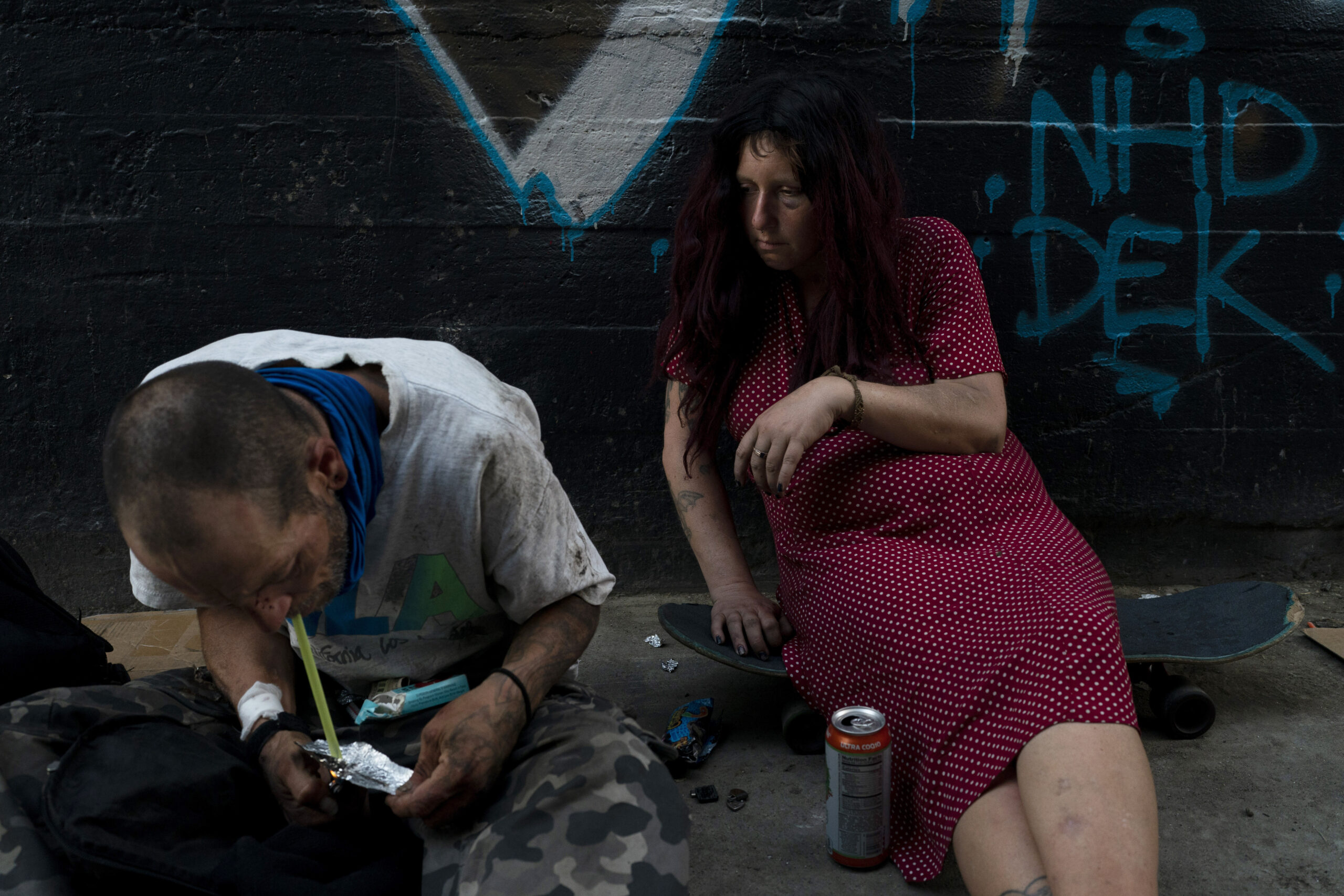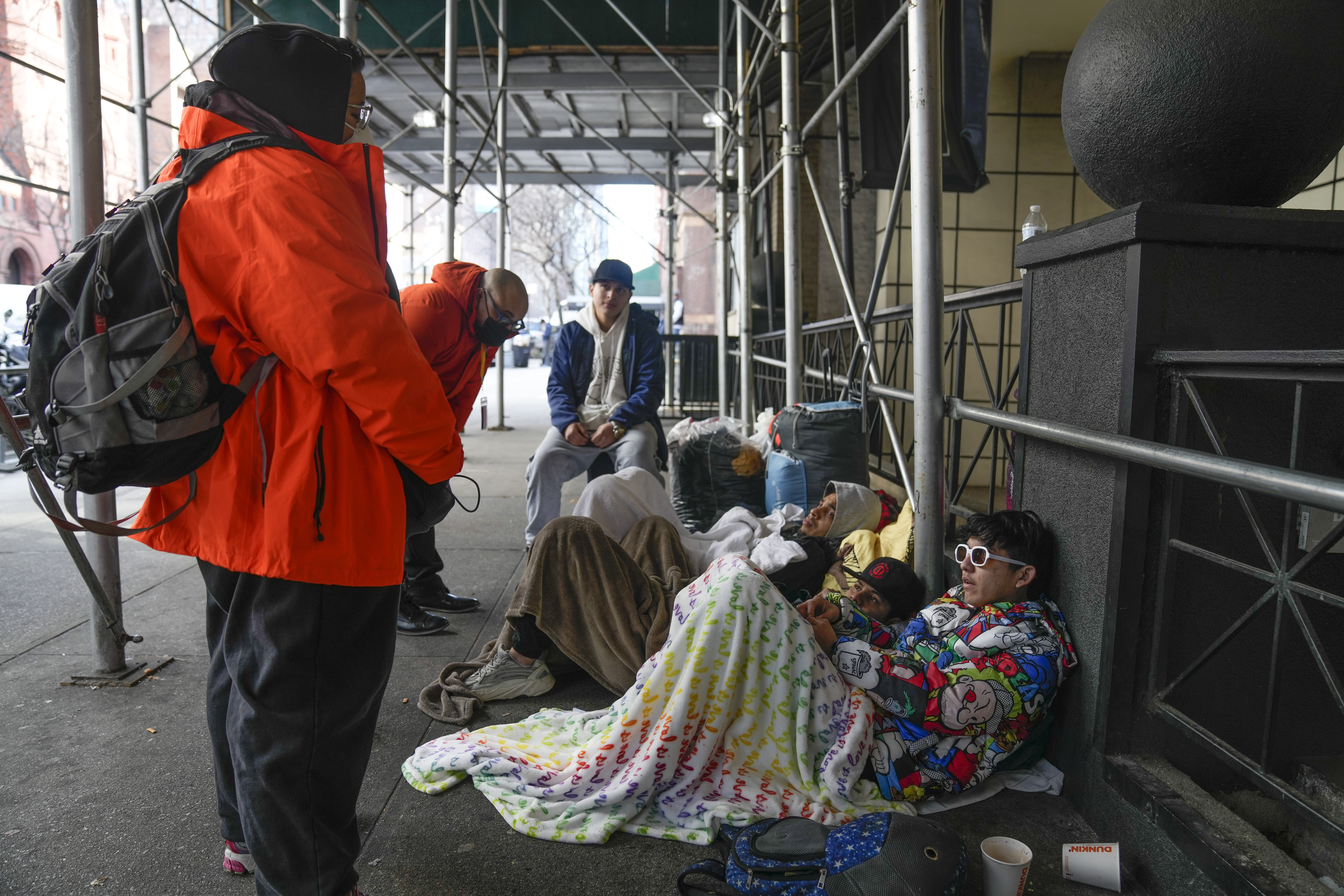We’ve got a lot of problems in our country right now, and one is not getting nearly enough attention — the opioid and drug crisis. It’s horrific and getting worse by the day, and our leaders are making matters worse with their inaction.
Overdoses happen every day thanks to synthetic opioids like fentanyl, and now there’s something new on the streets that is turning drug users into zombies and leaving them with gaping sores on their bodies. The street name for the drug is “tranq,” made of Xylazine, a veterinary tranquilizer used for cows and horses in the U.S. It’s a flesh-rotting zombie drug. It’s being cut with opioids, including heroin and cocaine, but most commonly with fentanyl.
The city being hammered by it most now is Philadelphia — with a third of all overdose deaths there. When people take this new killer drug, it damages their blood vessels and leads to nasty gaping sounds. In some cases, it can lead to amputation because the wounds are so deep that they cut right to the bone.
There is fear that the drug will work its way to the west coast soon, which is probably already there. Four overdose deaths in the Bay Area of San Francisco were linked to tranq, and people experiencing similar symptoms were also popping up in the midwest.
Back in the 1960’s xylazine was invented as an animal tranquilizer. It stimulates the muscles of animals to relax and also relieves pain. The FDA approved it for animal use, so there wasn’t testing done on humans. Walk the streets of Philly, and you’ll see what it does to humans.
The drug is popular with drug users because it reduces the time they have to shoot up to get high. It’s not an opioid, but it is being mixed with opioids like fentanyl which means the overdose-reversing drug naxoline is less likely to work.
The DailyMail quoted someone in Puerto Rico who has worked with xylazine patients.
“What we are seeing is very large lesions, sometimes at the site of injection and sometimes in the body. If left, they can cut right through and you can see people’s bones and tendons. One man I was working with couldn’t bend his wrist properly anymore because the wound had got very deep so that you could see his tendons.”


















Add comment